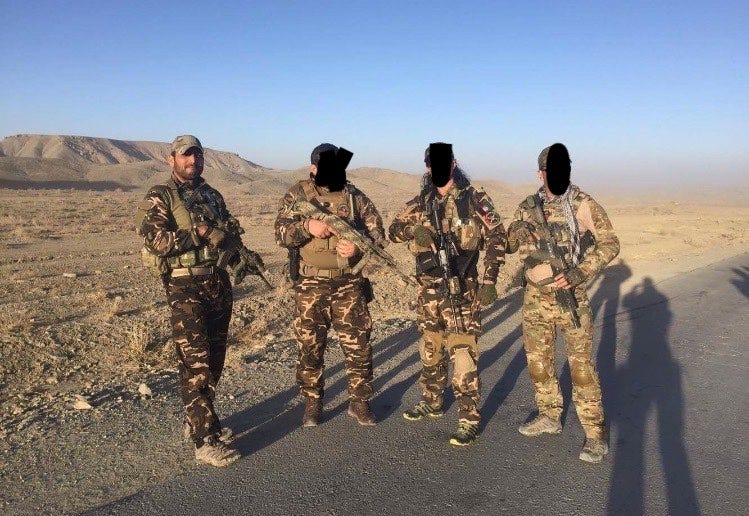The Unit That Didn’t Exist
How the CIA’s elite Afghan spies tried to recruit one of Daniel Pearl’s killers

By 2016, Pakistani militant Mati-ur Rehman was a wanted man, in more ways than one.
The FBI wanted to convict him. Afghan President Ashraf Ghani allegedly wanted to kill him. And the CIA’s Kabul station wanted to recruit him.
In December 2010, when the U.S. Treasury Department designated him as a global terrorist, Rehman held at least two positions in the interlocking world of militant Islamist groups in the Afghanistan-Pakistan theater: chief operational commander for Lashkar-i-Jhangvi, an anti-Shia group closely allied with al-Qaida and the Taliban; and planning director for al-Qaida itself. Now, six years later, in an effort to avoid the death-by-drone-strike suffered by many of his peers, he found himself in a Kabul safe house, quietly negotiating with someone he believed to be working for the National Directorate of Security, Afghanistan’s spy agency. But while the slim, 30-ish man with whom he was speaking indeed belonged to an all-Afghan espionage cell, that cell did not work for the NDS, where few even knew it existed. The cell, whose existence is revealed here for the first time, was called, simply, the Counterterrorism Unit, and it worked for the CIA.
The agency had created the CTU to recruit jihadists close to the upper tiers of al-Qaida and other Islamist terror groups – militants who would never speak to Westerners, but who might be willing to engage with Afghans. Now, with Rehman apparently willing to strike a deal, the CIA seemed on the verge of realizing its ambitions for the CTU.
There was just one problem. In an interview with the CTU, Rehman admitted to not only having a role in the January 2001 kidnapping of Wall Street Journal reporter Daniel Pearl in the Pakistani city of Karachi, but to being in the room when al-Qaida mastermind Khalid Sheikh Mohammed had decapitated the American journalist. This admission placed at risk not only his potential recruitment as an agent, but also his life. It also laid bare a conundrum that the CIA faced repeatedly in its counterterrorism efforts: Was it possible to recruit valuable assets in anti-American terror groups without, almost inevitably, recruiting individuals who had American blood on their hands?
It was a question to which the agency found no easy answer.



